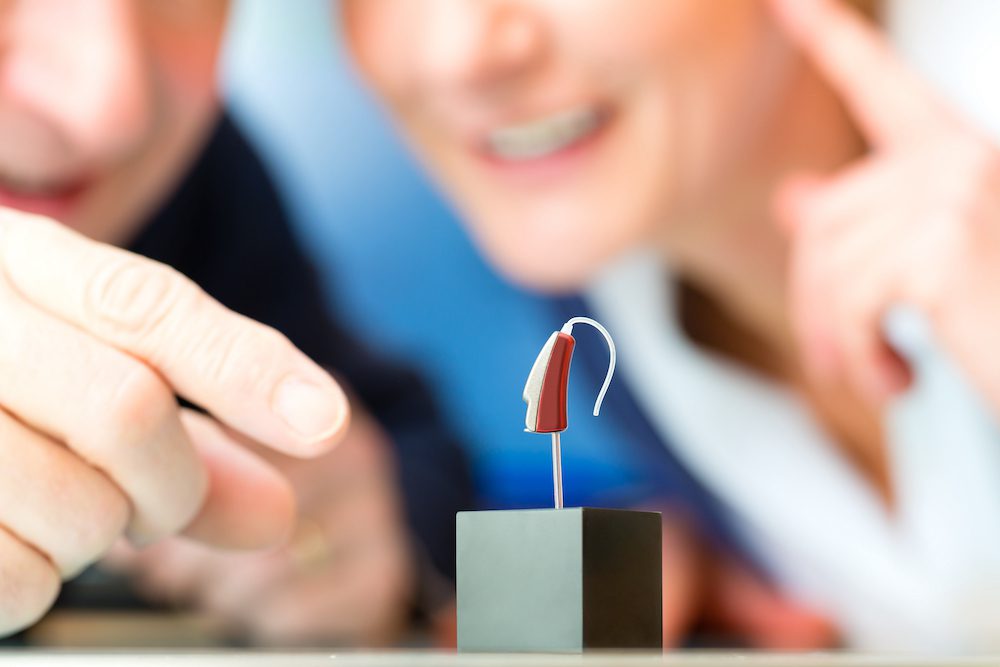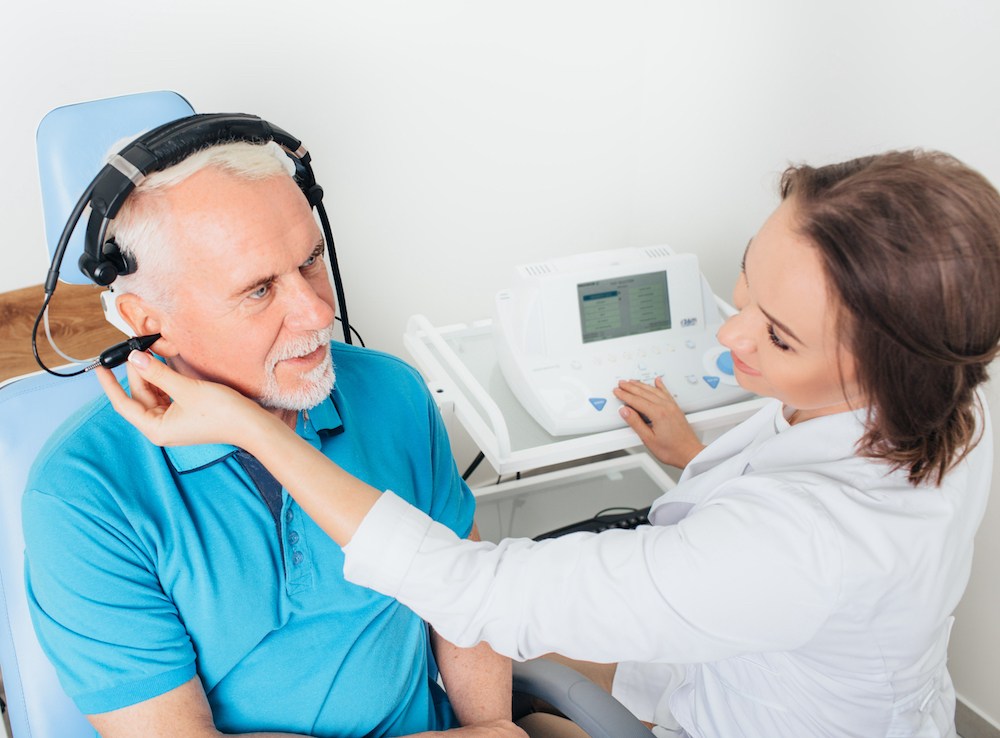Noise Induced Hearing Loss in the Workplace
Millions of workers encounter loud noises as part of their daily routines,
Voted Best of 603 Two Years in a Row!

Hearing aids have come a long way over the years. With the advent of digital technology, they’ve become smaller, smarter, and more efficient. This article delves into the world of digital hearing aids, their benefits, and how they work to enhance your hearing experience.
Digital hearing aids use a microchip to process sounds. This chip converts the incoming sound into a digital signal, which can be manipulated in ways that analog hearing aids simply can’t manage. The sounds are then adjusted based on your specific hearing loss and listening needs before being converted back to an analog signal that your ears can recognize.
Unlike their analog counterparts, digital hearing aids can differentiate between sounds that need amplification (like a conversation) and those that do not (like background noise). They can reduce or enhance frequencies, making them incredibly customizable to your unique hearing profile.
What sets digital hearing aids apart are their advanced features designed to improve your listening experience. Here’s a look at some of them:
To get the most benefit from your digital hearing aid, it’s important to have them fitted and programmed by your audiologist. Regular check-ups and adjustments are also crucial as your hearing needs may change over time.
With a variety of styles and features, choosing the right digital hearing aid can be overwhelming. However, your audiologist will guide you in choosing the most appropriate device based on your specific hearing loss, lifestyle, and budget.
In conclusion, digital hearing aids offer a significant improvement in sound quality and functionality over their analog predecessors. By working closely with your audiologist, you can find a device that not only enhances your hearing but also improves your quality of life. Remember, adapting to a new hearing aid takes time, so be patient with yourself as you adjust to hearing the world in a new way.

Millions of workers encounter loud noises as part of their daily routines,

Genetics plays an important role in our hearing health, influencing who

Hearing loss can influence how people perform and stay safe at work. In